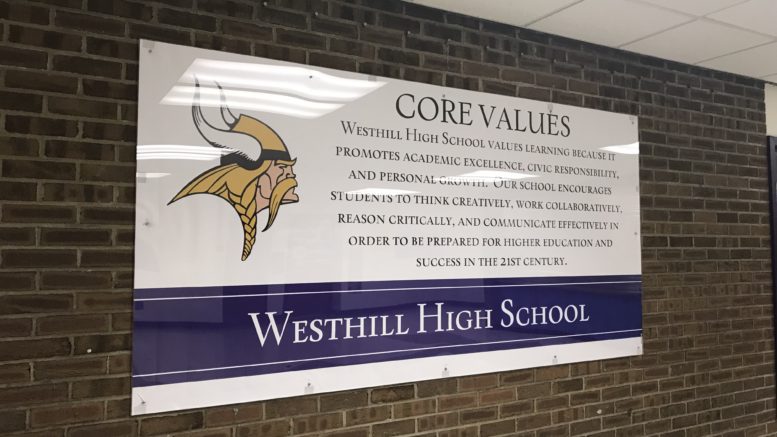The New England Association of Schools and Colleges (NEASC) is a well known nonprofit institution that maintains high standards for all grade levels through accreditation. The process of accrediting a school is done every 10 years, and has 3 steps: self-study, peer review, and follow-up. In 2016, Westhill began its two year self study for our second accreditation process. For the self study, there are seven standard committees that are divided up among all teachers. They are the core values committee, the curriculum committee, instruction committee, assessment committee, school resources committee, community resources committee, and school culture committee.
Each section must create a report and narratives on their assigned area, which is a long and time-consuming process. This extra paperwork is placed on their already heavy workload. This is why some teachers show displeasure when you mention NEASC to a teacher. “Writing the narratives is actually quite lengthy and it can be difficult especially with our busy schedules and so many personalities,” said environmental science teacher Mrs. Grant. After completing the self study, one of the teachers in the steering committee must upload it onto the online portal for NEASC.
Thereafter, the peer review will begin. For Westhill, the peer review will be in March, when 16 members of other schools will begin the 4 day process of observing Westhill by analyzing teachers and students while using our self-study as a check list. They will randomly choose students to shadow and classes to observe. On the last day of their stay, the observers will have a meeting with the faculty pointing out the strengths and weaknesses of our school. It will take a couple of months until the faculty will know if Westhill has been accredited or not. If accredited, staff will continue improving our school and work to change our weaknesses to positives. If not Westhill will be placed on a year-long probation where the school will be closely monitored until given the chance to earn accreditation again.
Even though the process of getting accredited by NEASC is an extraneous and stressful task, most would agree it is necessary. “If you’re against it, then you’re against us being an accredited school, and you want to teach at an accredited school,” says Ms. Tintle, one of the steering committee members. Attending or teaching at a school that has been accredited means it reaches the standards to continue on as an educational institution.
Some teachers are looking at NEASC as a positive experience. “I was a chair of one of the committees and there was probably 35 people on the committee and it helped me get to know other staff members that I didn’t know,” says Ms. Benedict, one of the school librarians. Westhill has been working towards accreditation for over a year now, and the process will continue well into 2018.

